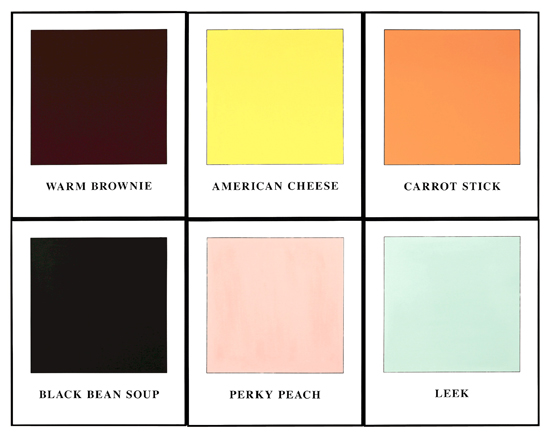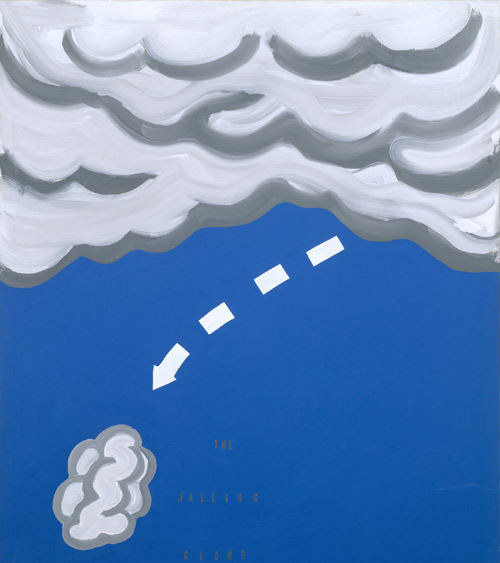
Portrait: (Self) #1 as Control + 11 Alterations by Retouching and Airbrushing, 1974 (© John Baldessari)
When I walked into Pure Beauty, the new retrospective exhibition of John Baldassari’s work at the Metropolitan Museum of Art, I was skeptical to say the least. As an international art star, Baldassari’s most famous images are ubiquitous. His colored dot paintings have graced the pages of innumerable auction catalogues, art magazines and exhibition advertisements. Quite simply, I had become numb to them. Furthermore, I appreciate the effort that the Met has been making of late to exhibit contemporary art, but have not been remotely impressed by their offerings. Past exhibitions like “The Pictures Generation” have been impressive in scope, but seemed dull and over historical.
To the credit of both the artist and the institution, “Pure Beauty” was a pleasant shock. For the first time, I gained some much-needed perspective on the entirety of the artist’s oeuvre. The show begins with several paintings from the 1960s, the rarity of these works is understandable considering he cremated and buried nearly all of his early paintings from 1958-1966 for a piece called “Cremation Project.” These early works show Baldassari to be a consummate painter, already the master of tongue and cheek humor. These early paintings are semi autobiographical. As an art teacher in LA, he produced several stereotypical painterly reproductions of diagrams from a variety of painter and photographer’s reference books. His reaction to this source material serves the foundation for much of his later work. Baldasarri’s interaction with often dogmatic art school training manuals serves as a departure point for the viewer of this exhibition. From beginning to end one can see the artist continues to push the boundaries and context of what it means to make and view art.

Prima Facie (Fifth State): Warm Brownie / American Cheese / Carrot Stick / Black Bean Soup / Perky Peach / Leek, 2006 (© John Baldessari)
“Six Colorful Inside Jobs” is a video work, and in my opinion the most successful work in the show. The video records one of the artist’s students painting the inside of a room one complimentary color a day for six days. There are obvious sardonic references to action painting, but what is most interesting is that despite the artist’s foregrounding of the conceptual, his work is often both aesthetically sensitive, and visually stunning.
(all images courtesy of the Metropolitan Museum)




 RSS
RSS

Not sure why you would be skeptical walking into a Baldessari retrospective. If you had become numb to some of his images that is your own problem or lack of ability to see what goes on in the work. That was a pathetic introduction to an article.
November 10, 2010 @ 12:31 am